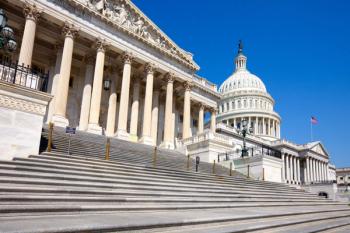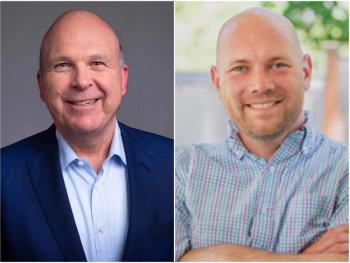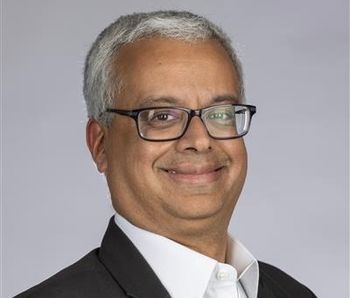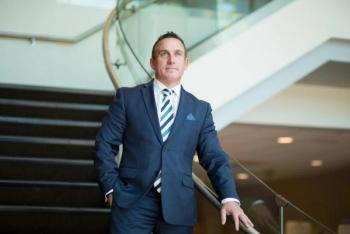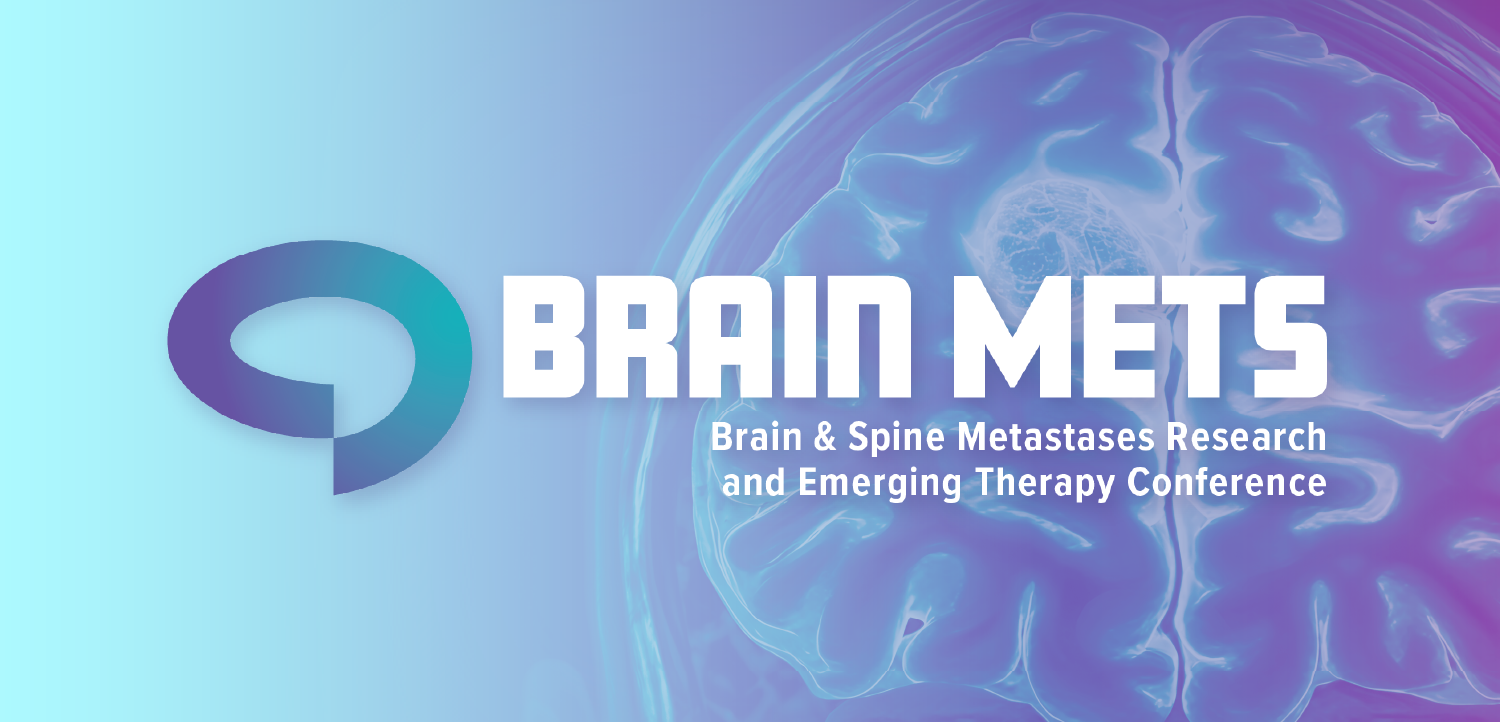
Pushing Congress and the public to prevent NIH funding cuts
Dr. Elena Fuentes-Afflick, chief scientific officer of the Association of American Medical Colleges, talks about the work to preserve federal funds for medical research.
The National Institutes of Health, the world’s largest source of funding for medical research, is facing funding cuts like never before.
President Trump has proposed
Healthcare leaders and academic institutions
Elena Fuentes-Afflick, MD, the AAMC’s chief scientific officer, talked with Chief Healthcare Executive® about the funding cuts and the push to persuade lawmakers and the public to support funding for medical research.
Here’s part of our conversation (excerpts are below the video).
Q: You'll be looking to Congress to support NIH with more robust funding. Will you be looking at the jobs that are going to be lost and maybe the economic impact it might have on some of these lawmakers in those districts? How do you make, I hate to say a sales pitch, but how do you make sure you find the winning strategy to really get people on board with doing better for NIH?
A: “This moment has allowed us the opportunity to communicate more clearly and more forcefully to a number of constituents, clearly the people who work in our institutions, in the academic health centers. We've been communicating with them about the impact of all of this. My colleagues in the government relations group are working very closely with Congress to make sure that they understand the impact of discovery and the importance of the NIH.
“But we are also doing a lot of outreach to the public, hoping that the public will understand why American biomedical research is important, how it has touched them.
“What I like to say is that if you or someone in your family has asthma, cancer, diabetes, obesity, you have been touched by the impact of NIH-funded research in terms of new programs, new interventions, new treatments. And that is what we are concerned about for the future. We want to make sure that we can continue to make impactful discoveries to promote health for everyone.”
Q: For years, really decades, the NIH had strong bipartisan support. This used to be one agency that Republicans and Democrats all got behind, and I still think there's a lot of strong legislative support, but it's not what it was a few years ago. From your perspective, what has happened to maybe reduce the support of NIH in Congress?
A: “It's difficult to speculate what has happened, but we know that people wonder, how do they use that money? What is the impact? And perhaps we have not been as clear as we should about how the scientific discoveries impact real people. It may seem too ethereal or not as tangible as it should, but you're right. We have counted on and relied on decades of bipartisan support that the legislators of all parties have understood the importance of science and investing in science. So we are hoping to return to more of a bipartisan approach to funding the NIH and other federal agencies.”
Q: I think this is one area where people are OK with the government spending some money on medical research. I mean, almost everybody has a relative with cancer or other diseases, as you mentioned. Is that really going to be key, getting that public support behind this effort?
A: “From polling data, we know that the American people understand how important it is to support research, so we are hoping that to make people understand that when you say funding for research, that really means funding for NIH and other federal agencies. That means jobs in your communities, that means research going on in the communities where everyone lives, and trying to elevate that understanding.
“Sometimes we keep it to ourselves too much, or we only disseminate our work in scientific journals without really sharing with the public. So we think that's another important strategy to help people understand how the funding actually impacts their lives.”

